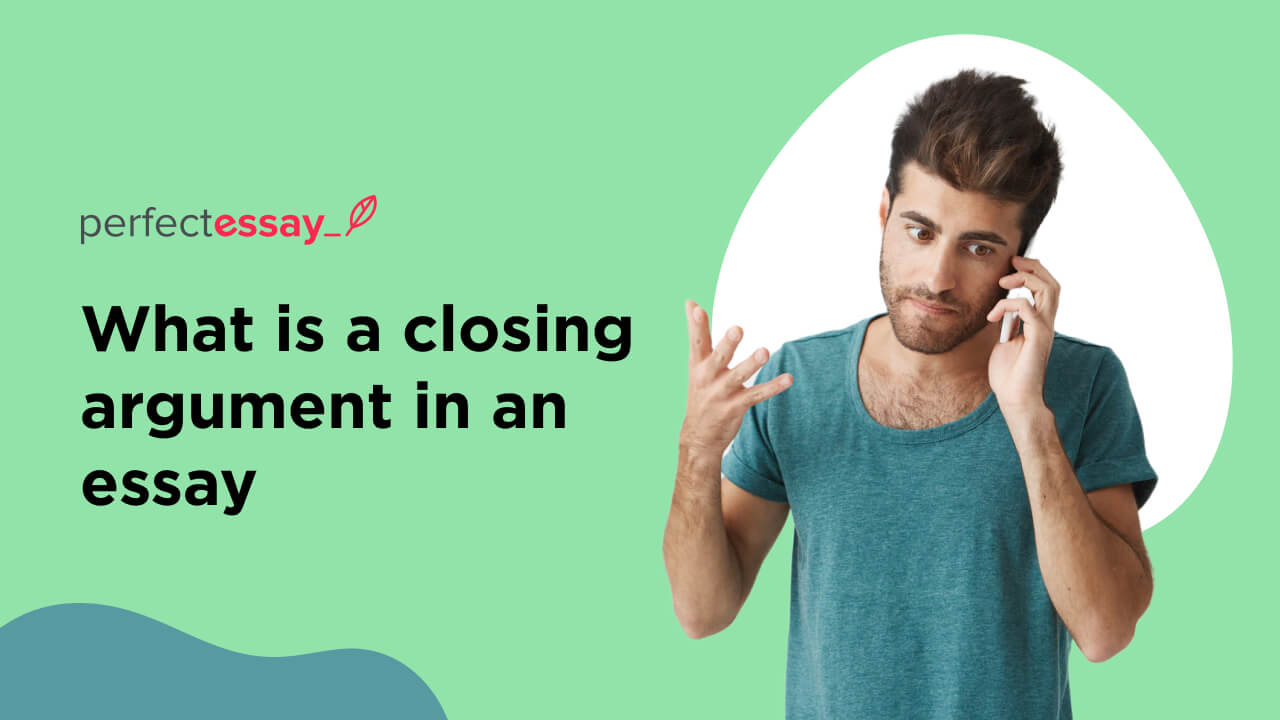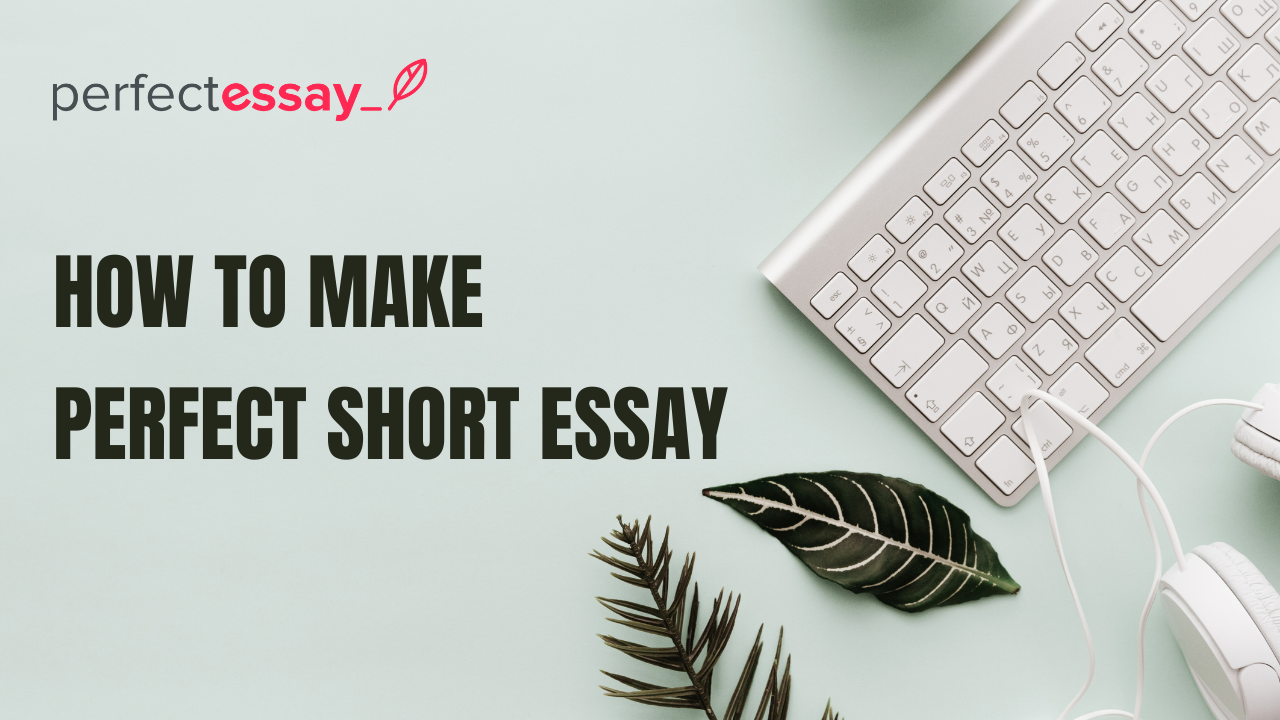Table of Contents
Students often ignore a conclusion or a closing argument in essay writing as something trivial. This is a graver mistake as the closing argument can sum up the whole discussion and make it easier for the readers to understand the whole case. Since argumentative writing is about convincing readers through arguments and evidence, this is an essential part of the essay that should not be skipped.
To help students understand its importance and how to write a compelling closing argument, this blog will go through its definition and complete guide.
Argumentative Essay Writing
Argumentative essay writing is about convincing or persuading readers that the writer’s stance is the best side of the argument. As many people misjudge from the name, an argumentative essay is not an emotionally-charged piece with subjective views and inclinations. It is neutral in tone and relies on objective evidence and credible references to make a case.
The structure of an argument is in standard essay format, like expository ones. It has three major parts. The introduction starts with a catchy statement, provides some context, and then states the thesis. The main body of the argument covers the argument building and evidential information to make the case. The conclusion or the closing argument summarizes the whole discussion for the readers through catchy lines and memorable phrases.
The three common types of argumentative essays include persuasive essays, analysis essays, and research papers.
Definition of A Closing Argument
A closing argument can be seen in action in courts where a lawyer addresses the jury at the end of the cross-examination. It is a succinct and bold statement where the lawyer summarizes the highlights of the cross-examination, illuminates the evidence for the jury, and stresses that his side of the argument is the right one.
In argumentative essay writing, however, the closing argument is the conclusion. This mostly comes into play with persuasive essays. In these essay, writers need to persuade the readers that their side of the argument is sounder than the other and provides evidence to back up those claims. That’s why the conclusion of an essay should be masterfully crafted with keeping the discussion of the whole essay in mind. At this point, readers will not have much more to go with so they will rely on these reinforcements to either make or break the argument for themselves.
How To Write A Closing Argument
Writing a closing argument requires research, skills, and intention. We have seen cases where students would compose a compelling introduction and body of the essay but just wing the conclusion part, thinking it is not important enough. This is a big mistake as many students and even common readers do not read whole essays and rely on the conclusion to understand the gist of the essay.
Since you are willing to learn the craft, this guide will help you close your essay on a high note.
Hire Top-Rated Academic Source In Town
The opening of the closing argument should have a hook. It can be a fact or a question that is directly related to the question under consideration. If it is a question, it can be answered by the readers or the writer. Whatever is the hook, it should be directly related to the essay or draw parallels with the main argument of the writer. Also, writers should ensure that the opening does not start too far off the core subject.
Integrate A Theme With Proof
The proof or evidence of the argument is the backbone of the whole discussion. This is what legitimizes the point for the readers as they can relate to the main argument on top of the proof. Theme integration further strengthens the argument and the proof. It also fills up the readers about what has already been discussed in the main body. Writers should never rely on emotionally-charged language in this section because it can cost them the whole essay.
Focus On Evidential Information
Evidential information is the references and citations that a writer can pull from renowned publications. Where proof can be logical or based on reasoning, this adds to the prestige and soundness of the proof. Since many readers find it hard to connect the logical dots, evidence from universally-accepted sources can pave the way to understanding the case. The most important sources are both primary and secondary ones from academia, but web sources with credibility can be called upon.
Anticipate Counter-Claims
Counter-claims and rebuttals are the reality of argumentative writing. No matter how sound and flawless your arguments are, you are supposed to run into counter-claims, claims that contest your stance and suggest another side. While writing the closing argument, make sure you anticipate those claims and prepare their answers. Instead of simply mentioning counter-claims, incorporate their responses in the body to make it easier for the readers to see that the side of your argument was right.
Outline For A Winning Closing Argument
In the previous section, we have explained what a closing argument is and what it is made of. In this section, we will cover a simple yet practical outline for writing a winning closing argument. You can think of a closing argument as a miniature of a full argumentative essay. Like that, it has an opening, a body, and a conclusion.
With that in mind, let us outline a closing argument.
Opening With A Hook
A hook is a literary device that can grab the reader’s attention to the issue. As mentioned in the previous section, it can be a bold or shocking statement or a statistic that can lure the readers in. For instance, if you are making the case for malpractice in the police force, you can add a statistic that shows the rising cases of misdemeanors by police officers. If it is a question, it can be answered by the writer or left for the readers.
Connecting The Dots
When we say connecting the dots, it is about making the case clear for the readers through background information and context. Since this is the closing argument, there is no need for the background but a summary of the main argument. This should be done in brevity and boldly so that they cannot miss out on essential points. This point directly leads to the responses of counterclaims.
Fortifying Argument
Counter-claims can weaken the argument by pinpointing its loopholes and lead the readers to alternatives. This should be preempted and taken care of so that the main argument can be fortified and reach the end of the discussion. Otherwise, you will lose the readers before the closing argument comes to an end. Whether you need evidence, proof, and citations, you can get them to enable the argument to be the ultimate reality.
Closing On A High Note
Closing on a high note is true for both the whole essay and the closing argument. It is because the end of one is the same thing as the other. The higher note can be a quote or a quip directed toward the readers. The best high note can be making the readers aware of the position they are in and urging them to decide for themselves. Again, make this section as memorable and catchy as possible so that it would be unforgettable for readers.
F.A.Q
How do you write a strong closing argument?
A closing argument is the culmination of the whole discussion. It summarizes the main argument and its evidence to make readers better see and understand the argument. The best way to write a solid closing argument is to treat it like a short essay with its opening, the main body, and a conclusion.
What is an example of a closing argument?
A closing argument is often delivered in court proceedings where the defendant makes and fortifies the case against the innocence of the accused. Its examples or precedents can be traced in legal history. The notorious example comes from O J Simpson where the counsel said the remarks “if it doesn’t fit, you have to acquit” and made history.
What is a good example of a closing statement?
A good example of a closing argument should have the following elements:
- A simple but forceful introduction to the problem
- Summation of arguments, evidential information, and proofs
- Anticipation of opposing views and claims
- Closing with a bang to get readers’ approval
Should I close the essay with the closing argument?
Apart from adding some lines or a short paragraph, it is best to close the essay at the end of the closing argument. Since it has rejuvenated the case for the readers, there is no need to further spoil the high tide.
How do you write a closing statement for an essay?
A closing statement requires a hook to open the statement. Then, it is about filling readers in with essential information surrounding the case. Since there were counter-claims and rebuttals, writers need to address them beforehand. In the end, it should be concluded accordingly to ensure that the writer’s side of the argument comes out triumphant.
What is a good closing sentence for an argumentative essay?
A good closing sentence for an argumentative essay is necessary because writers would never want to close on a weak note. A good closing sentence is imposing and objective but has the power to convert those of the readers who were still on the fence. In a way, an argumentative essay depends on the closing sentence to be good.
Final Thoughts
There is no doubt that argumentative essays are hard to master because of their nature, dependence on evidential information, and rigid structure. The same goes for closing arguments as they can be used masterfully to swing the readers’ favor in the side of the writer’s arguments. We have covered all the bases when it comes to the definition of closing arguments, their necessary elements, and their use. In addition to this, we have also discussed an outline to write compelling closing arguments.
We hope students will find this post helpful in better understanding the scope and depth of closing arguments, as well as how to write one.
Compliments of PE




